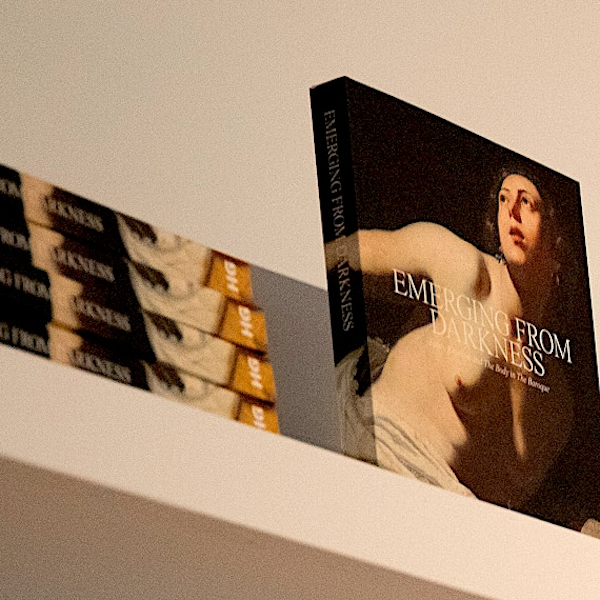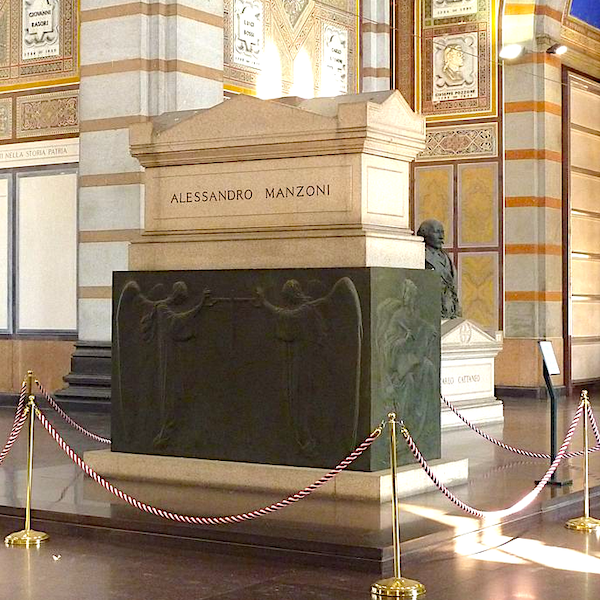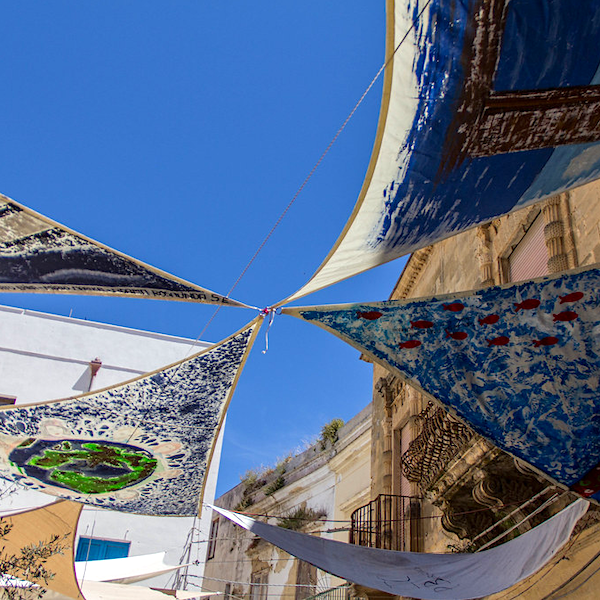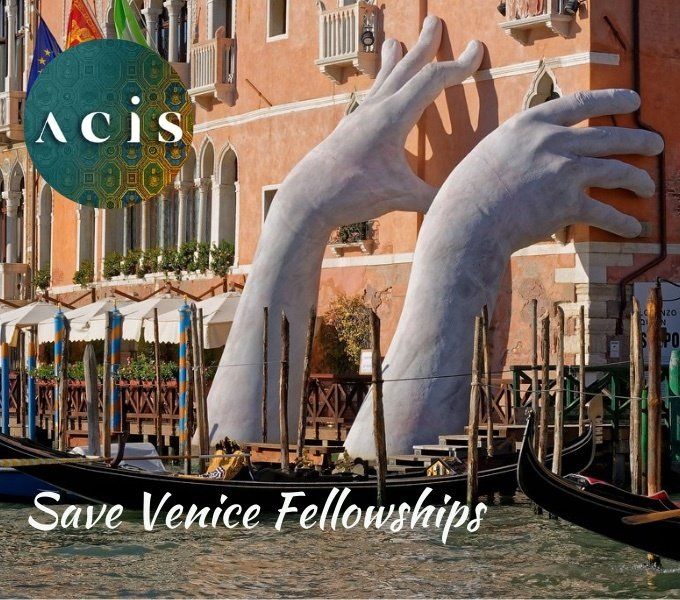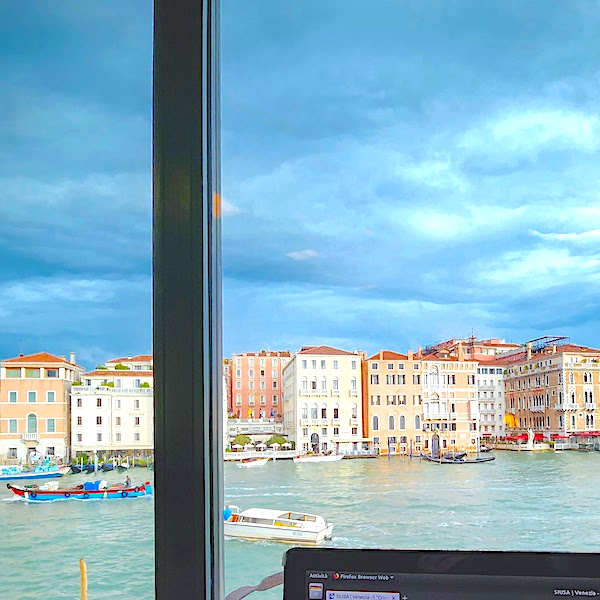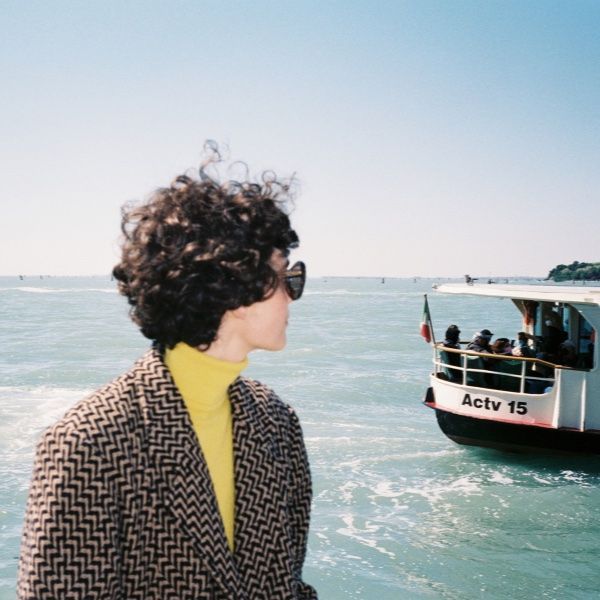Quaderno poetico #4: How the poetry works (II)
Theodore Ell University of Sydney
What do you notice about these two samples of poetry?
“…se il vento rintocca nelle corti / come un rullo sordo e opaco di tamburo, / un ululo fedele accanto al muro / del padrone addormentato.”
“Le corti fiorentine / rintoccano a morto in una cupa vanità / come una pelle tesa di tamburo, / le ardesie soffocate di polvere quassù in alto…”
The quotations come from two separate poems, “La notte fiorentina,” written on the 27th of February 1946, and “Inverno arido,” written a few days later on the 3rd and 4th of March. But yes, the thing you notice is the repetition. Different poems, same material: the courtyards reverberating with a menacing, drumhead sound. The last post ended with the suggestion that Bigongiari’s writing unfolded through a process of elaboration , treating certain phrases, words or situations as motifs, to be taken up from previous poems and recoloured in new ones. What you see here is an example of elaboration in action.
The idea of the rumbling in the courtyard is not simply repeated. It is expressed in much the same words, but phrased so that each treatment leads in a subtly different direction, and “clothed” differently by the surrounding material in each poem, so that emerging from and going back into two contexts, the same idea leaves two trails of meaning.
In the first example, the wind that reverberates in the courtyard like a deaf and opaque drumroll leads into a ghoulish evocation of howling or wailing, which the sleeping landlord fails to hear. It is a disturbing set of images, suggesting a sense of isolation and fear in the face of some terrible threat. The elements move so strangely and so rapidly from one to another (even the lines themselves, built from brief accents and broken with each change in the action, seem to run away) that we have little sense of groundedness or clarity of vision. We are in the lonely turbulence of a nightmare: perhaps the sleeping landlord hears nothing because the wailing is inside the dreamer’s (the poet’s) own mind. Then, with the motif’s second appearance, we are shifted out, away and beyond, with a clear-sighted view of the scene: we are watching on from high up in an empty mountain quarry, from which distance we can name our fears and feelings and regain some composure. The courtyards are Florentine, our reaction to their menacing atmosphere is resignation ( cupa vanità ). But ‘waking’ into this relative stability and ‘reciting’ the earlier mental images of fear only brings us face to face with the harsh reality that they reflect: “la lunga siccità, / i mesi di vita / covati dagli anni di morte…”
This is elaboration on a local scale, so to speak. The poems are, after all, neighbours, one written just after the other. It is not hard to imagine Bigongiari revisiting his work of a few days earlier, turning over its meaning in his mind and fixing on the image of the wind reverberating in the courtyard as a powerful, troubling, absorbing idea, asking to be explored further or built upon. More surprising are the lengths of time and reams of poetry that could go by between other cases of elaboration, often to staggering effect.
Bigongiari’s collection of wartime and post-war poems is called Rogo , meaning an intense, devastating, consuming blaze, as in a furnace or on a funeral pyre. This image of a destructive fire is a clear and potent symbol of the cataclysm Bigongiari understood the war to be, and it is the longest-running motif of the whole collection. Even though it often drops out of the poetry for long stretches, its returns mark essential transformations in the collection’s overall meaning. The psychological implications of this and other motifs, and of the method of elaboration itself, are a matter for a completely new post, but for now the priority is to trace the development of this fire motif on its own vast scale.
Aside from a lone ‘survivor’ from 1944, the earliest poems of Rogo date from 1945, when Bigongiari’s Florence was dark, gutted and groaning with exhaustion after a bloody liberation that had left the old city and most of the Arno bridges in ruins (though not, famously, the Ponte Vecchio). It is known from Bigongiari’s diaries that he had spent the worst of the siege – a full nine days – trapped in no less a place than the long halls of Accademia, unable to see the destruction, but, traumatically, able to hear everything echoing down the galleries around him, from shells and mortars screeching overhead, to the thuds and booms of explosions, the screams of the dying and wounded. When we encounter the motifs of rumbling in the courtyard, it is not difficult to guess at their origin in his mind, nor at their unsettling significance. The first poems of Rogo emerged, like Bigongiari himself, into a familiar place blown out of existence. They are steeped in an atmosphere of listlessness and despair. One in particular, “Nevi e lacrime,” points to the city’s “odore di fuoco spento,” and links this, via an image of ash and dying embers, to the state of the inner self: “il mio dolore / non sa più mescolarsi, indistinta / brace questo vento qua e là può sparpagliarlo.”
The poems continue on in this black mood, as new ideas slowly and painstakingly build upon one another, like new walls slowly rising from the rubble. By the poems of 1948 – yes, that far ahead – we are in a different space, somewhat fresher and freer, but still full of memories of wartime suffering: in effect, safe but traumatised. And suddenly, in the title poem “Rogo,” as if in a nightmare, those memories rear up out of the past. “E le strade leggere dei morti […] a un tratto s’animano, vicino a casa, / dei colpi sordi tirati a un pallone / da due ragazzi di notte.” The motif of menacing echoes is the courtyards is back, now in the form of the dull blows of kicks against a ball, a seemingly innocent sound, but enough to trigger terrifying thoughts in the traumatised mind: “Io [sono] preso dalla vampa di questa città…” The embers are suddenly alight and we are caught in the flames. All is chaos; the nightmare of the rumbling in the courtyards has led to a vision of grotesque sacrifice and destruction, as at the end of the poem the fire is left to burn: “vero e non vero sono forse la stessa cosa […] e il resto appartiene al discorso urlato dai morti / iene attorno al rogo.”
As catastrophic as this appears, the poem “Rogo” contains the seeds of the trauma’s own resolution. In the midst of the chaos, “quasi un’orma si stampa in mezzo al fuoco.” It is an unexpected, almost miraculous image, easy to overlook in such a disturbing poem, but still it asserts some minimal form of survival when all else is burning down. A footprint, a signature, a transmission. This is the main achievement of Bigongiari’s post-war poetry: to seek out among the ruins the minimal impulse to live, and to cling to it even when so much else in life seems too much to bear. This rogo is a furnace, but it is also a crucible: the matter it destroys it then converts into new things, new thoughts. After this turning point, the poems of the late 40s and early 50s express a gradually more contented world-view, one that is reconciled to mortality, through awareness of the indestructible impulse that brings meaning to the living moment.
The whole symbolic drama is summed up in the second-last poem of Rogo , “Ibis redibis” (Latin: you shall go, you shall return) from 1952, when the fire motif reappears for the last time: “e nel fuoco quel che resta / di me di te, crepita, avanza, adora / la sua funebre essenza, ch’è sparire / di qui e nell’azzurro ritovare / con le stelle il suo corpo, nel ronzio / insonne che affatica l’universo / verso una voce.” The fire crackles and flares up once, but only to send some last sparks of thought on their way: that “ronzio / insonne” shows us that the menacing rumble has dimmed to a placid hum, always awake and alert, where previously nothing could rouse another man from his sleep.
To work out this and many other transformations took Bigongiari no less than eight years. And he did it without planning. Remember, his poems are presented in chronological order and with dates. The embers were scattered by the wind in 1945 with no hint that they would re-ignite so terribly in 1948, much less spark once more in happier times in 1952. How did Bigongiari trust himself to improvise the way towards such a coherent shape? What sense did he have of some larger shape of meaning, in which his poetry might be moving? We can draw out an answer if we read the poetry as self-psychoanalysis, a diary of symbols that resonate within oneself, and mirror the mind’s unfolding preoccupations: Rogo is a diary of recovery. The next post will have more to say about this. But it is only part of the solution. Sometimes you have to go behind the scenes of the text to see the full mechanism, and that means archival detective work.
Share this:
- Share on Tumblr
- </div></li><li class="share-end"/><li class="share-reddit"><div class="reddit_button"><iframe src="https://www.reddit.com/static/button/button1.html?newwindow=true&width=120&url=https%3A%2F%2Facis.org.au%2F2013%2F09%2F16%2Fquaderno-poetico-4-how-the-poetry-works-ii%2F&title=Quaderno%20poetico%20%234%3A%20How%20the%20poetry%20works%20%28II%29" height="22" width="120" scrolling="no" frameborder="0"/></div></li><li class="share-end"/></ul></div></div></div></div></div> <div id="jp-relatedposts" class="jp-relatedposts"> <h3 class="jp-relatedposts-headline"><em>Related</em></h3> </div></div> </div>
